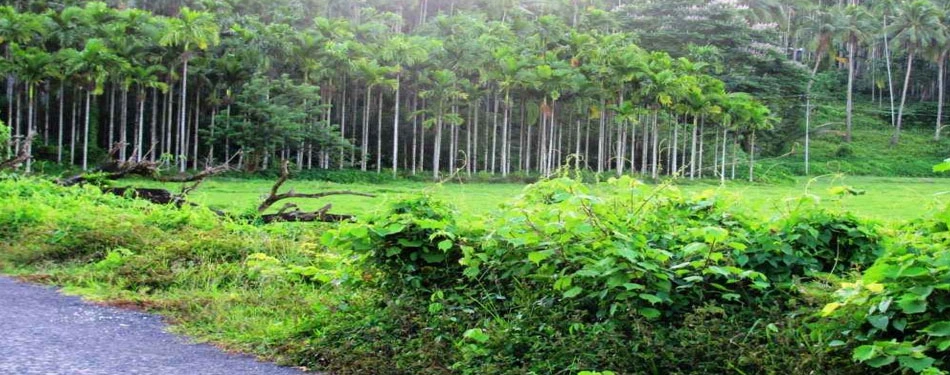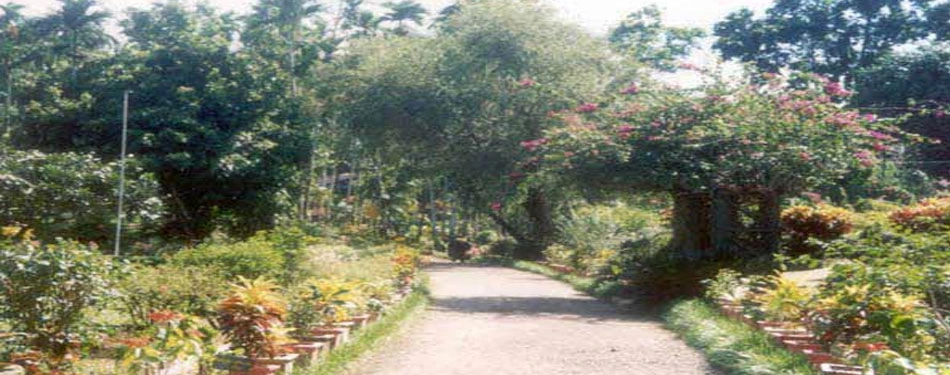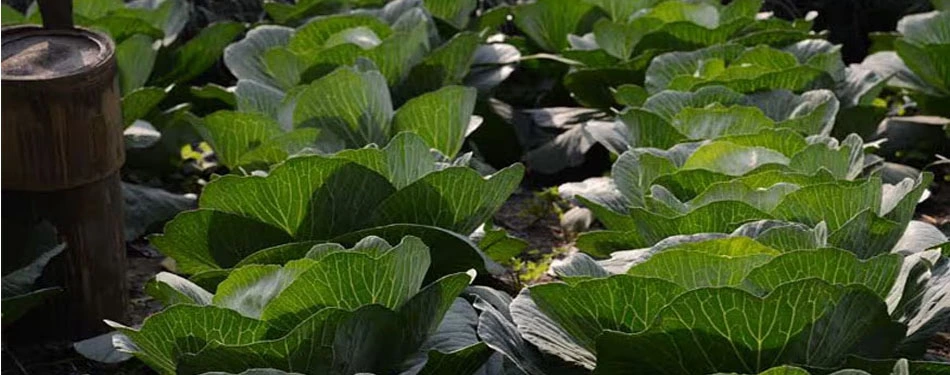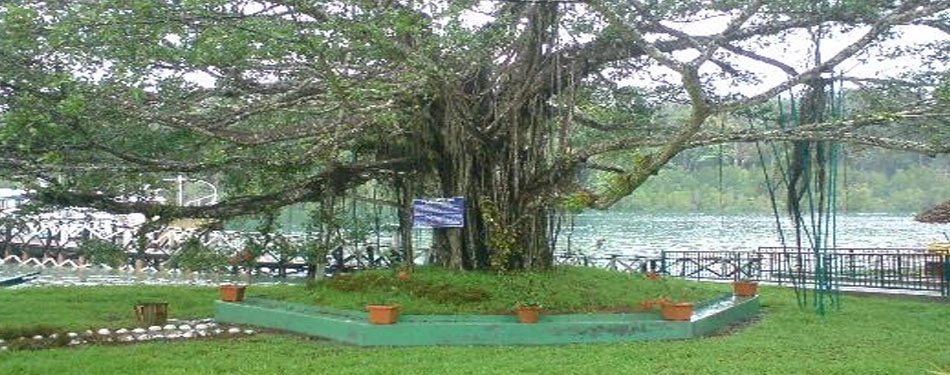Exploring the Green Heaven: Agriculture in Andaman and Nicobar Islands

The Andaman and Nicobar Islands are not just beautiful spots for vacation but also a
center of agriculture. These islands, located in the Bay of Bengal, offer unique farming
conditions because of their diverse soil types and climate. Here, farmers grow
high-value crops like spices and tropical fruits that are both consumed locally and
exported. This blog explores the rich agricultural scene in the Andaman and Nicobar
Islands, highlighting the types of soil, farming practices, and even places where
visitors can learn about farming while enjoying the natural beauty.
The Agricultural Landscape of Andaman and Nicobar Islands
Agriculture is the primary occupation for many inhabitants of the Andaman Islands. The
main crops grown include rice, coconuts, betel nuts (areca nuts), various fruits, and
spices like turmeric. Additionally, rubber, oil palms, and cashews play significant
roles in the islands' agricultural sector.
Soil Types and Their Impact on Farming in Andaman
Agriculture in Andaman is significantly influenced by the region’s soil types. The
primary types of soil found across the islands include alluvial soil, red loam,
clayey,
and lateritic soil. These soils are mainly fertile and are well-suited for
the
cultivation of various crops. Alluvial soils, found mainly in the flat regions of the
islands, are ideal for rice cultivation, which is a staple food crop in the area. Red
loam supports a variety of fruit trees and spice plants due to its rich mineral content,
while the porous nature of lateritic soils makes them perfect for crops that require
good drainage, such as coconut and areca nut.
High-Value Agriculture in Andaman

High-value agriculture in Andaman includes the cultivation of spices like clove,
nutmeg,
and cinnamon, which are in great demand both domestically and
internationally.
Additionally, tropical fruits such as mangoes, bananas, and papayas are grown
extensively. These high-value products not only support the local economy
but also offer
farmers the potential for significant profit margins.
Orchid farming is another aspect of high-value agriculture in Andaman
that deserves
mention. The humid and warm climate of the islands creates an ideal environment for
growing a variety of beautiful orchids, which are exported and highly prized around the
world.

Modern Farming Techniques and Challenges
While traditional farming in Andaman is prevalent, there is an increasing shift towards
modern agricultural practices to increase productivity and sustainability. Techniques
such as rainwater harvesting, organic farming, and the use of biofertilizers are being
adopted to enhance yield without degrading the natural soil quality.
However, farming in Andaman faces certain challenges, including limited land
availability, salinity intrusion in coastal areas, and vulnerability to tropical storms.
These factors necessitate implementing new and innovative farming techniques to ensure
the sustainability of agriculture in Andaman.
Exploring Agritourism: Places to Visit in Andaman
Agritourism is a growing trend in the Andaman and Nicobar Islands, combining
agriculture and tourism to offer visitors a unique experience. Here are a few places
where tourists can witness agriculture in action while enjoying the natural beauty
of the islands:
Spice Gardens

The spice gardens in Andaman are a must-visit for anyone interested in the aromatic world
of spices. Visitors can explore vast plantations where spices like black pepper,
ginger,
turmeric, cinnamon, nutmeg, and clove. are grown, learn about the
cultivation processes,
and purchase freshly harvested spices.
Organic Farms

Several organic farms across the islands offer tours to visitors. These farms practice
sustainable farming methods and provide insights into the organic cultivation of fruits,
vegetables, and other crops. Tourists can also participate in farm activities and enjoy
farm-fresh produce.
Botanical Gardens

The botanical gardens in Andaman showcase a wide variety of native and exotic plant
species. These gardens serve educational and recreational purposes, offering a tranquil
retreat for nature lovers and a learning space for agriculture enthusiasts.
Click here to read more blogs
Conclusion
The Andaman and Nicobar Islands are not just a scenic escape but also a dynamic
agricultural hotspot. With diverse types of soil in Andaman supporting a range of
high-value agricultural products and innovative farming practices, the islands represent
a unique blend of natural beauty and agricultural richness. Whether you are a farmer
looking to explore new techniques, a tourist eager to learn about tropical agriculture,
or a researcher interested in the sustainable practices of island agriculture, Andaman
and Nicobar offer ample opportunities and insights. Visitors can enjoy both the serenity
of lush landscapes and the vibrance of flourishing farms, making their trip a truly
enriching experience.





